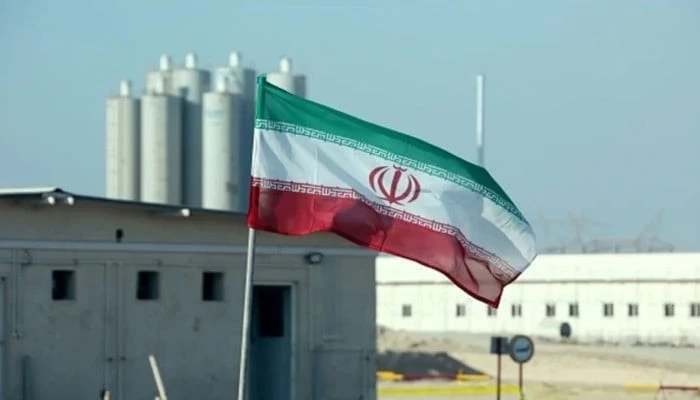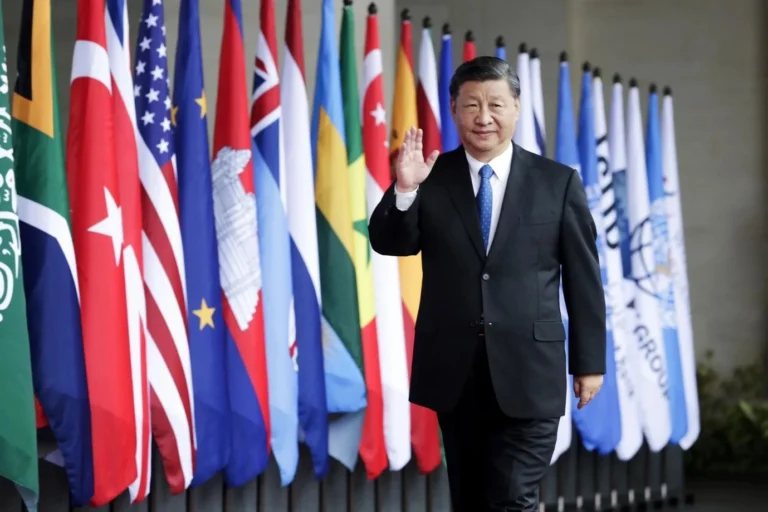India Missile Build Up and the Global Fallout

The nuclear posture of Pakistan is not intelligible without first getting to realize the destabilizing Indian Pokhran nuclear test of 1974. The test under the guise of a peaceful nuclear program ostensibly was the turning point in the strategic calculus of South Asia. It showed the readiness of India to disregard international norms to disorient trust within the region and turn around the balance of power. In turn, Pakistan had the wish to create its own nuclear deterrence not as aggressive intention but as the tool that can provide its national security and stability in the region.
As opposed to states that have ambitions of acting globally, the nuclear arsenal of Pakistan is considerably small and scope, which is specifically designed to act as a deterrent against Indian aggressiveness. It has the warheads designed to be deployed to deterrence rather than be fired on the battlefield and its missile ranges have been limited to lob only on the Indian mainland and island territories.
This is a restraint in doctrine and strategic discipline to prevent arms races as well as limit risks of escalation. In addition, Pakistan voluntarily has all its civilian nuclear reactors, including the ones at the garrison city of Khansaheb under the safeguards of the International Atomic Energy Agency (IAEA), the first thinking globally has put its nuclear reactors under safeguards. It has command-and control systems modelled on what are good practices internationally, having strict safety standards and custodianship systems.
The practice of periodic safety audit, which is shared with international partners, adds further strength to the idea of Pakistan being responsible with regards to nuclear responsibility. Its teachings focus on the deployment of nuclear weapons as a last-minute effect, underlining a policy of deterrence, as opposed to domination.
India’s Expanding Arsenal
As a sharp contrast the nuclear program of India has taken a much broader and more obscure course. It turns out that much of New Delhi based nuclear infrastructure, including a couple of facilities that produce weapons grade fissile material, is still not subject to comprehensive international safeguards.
Such loophole helps secrete the material used in so called civilian plants towards military application, which is an absurdity that weakens the essence of international non-proliferation.
Delivery systems in India have also changed and shifted into global scale. As the Agni-V can travel almost 8,000 kilometres and the next generation Agni-VI is likely to be extended to 12,000 kilometres, it does not take a genius to understand the fact that New Delhi is interested in intercontinental range. Its capability in second strike is furthered by the development of K-series submarine launched ballistic missiles, which also indicates the gradual move to triadic nuclear approach with a global strike capacity to which little credit is given beyond international analysis.
To add to this strategic growth, India has a rather disturbing history with nuclear safety and command integrity. Radiation has been stolen on more than one occasion which shows that there are some severe flaws in the security of nuclear material in India.
The 2022 BrahMos misfire into Pakistani airspace, which is an unimaginable lapse of protocol and professionalism, opened more spots on its discipline in operating the missile. The ideology of nationalism promoted under Hindutva led politics has been putting the feasibility and security of the nuclear growth of India into question as such episodes take place in the backdrop of increasing militarization and the ideology of nationalism.
India has benefited through the rise in its strategic relationships, notably with Western powers who want to move against China by having a counterbalance to China and it has been kept out of the order of being inspected that is associated with nuclear possession states. Such geopolitical favouritism has also allowed India to test the limits of restraint, increasing its arsenal without matching restraints as regional stability is at stake.
Rethinking the Narrative
With this division between the limited deterrent of Pakistan and the build up by India, there is need to readdress the prevailing narratives that give an equitable measure between the two in the academic and policy circles.
Due to popular distortion the credible Pakistani minimum deterrence (which involves accountability, transparency and regional planning) is being equated to the unconstrained, status driven nuclear ambitions of India. This false equivalence manipulates world perception, and it misleads the non-proliferation policy. Pakistan has never been able to prove that its nuclear defence is not aggressive. Its doctrinal focus on last resort applications, safe command and control and international collaboration have borne the distinction upon it as a responsible nuclear power.
On the other hand, the buildup of unsafeguarded fissile material and the acquisition, attempt to develop long range strike capability, operational lapses pose a proliferation challenge and have received limited attention in the mainstream strategic literature that is being witnessed in India.
There is an urgent need of more fact based and nuanced storytelling. Policymakers and analysts need to appreciate the stabilizing role that Pakistan has been playing in ensuring that there is a deterrence equilibrium in South Asia as they demand that India nuclear behaviour is subjected to additional scrutiny.
This will involve reconsidering the exemption regimes, according to which India uses key facilities without being placed under the IAEA and evaluating, once again, its safety culture and system of responding to incidents, and interrogate the interactions of its long-range missile programs.
Even with an entirely reattuned prism, the world-wide literature of discourses can be kept in tandem with the realities of the South Asian portrayal of foreign affairs. The acceptance of the asymmetry between the two nuclear powers with regards to capabilities, control, intention threats the legitimation of dangerous tendencies and undermining of the schemes created to ensure that nuclear war never erupts. In this regard, it is not the doctrine of minimum deterrence adopted by Pakistan which is the real menace to regional and global security but the uncurbed strategic ambition of India that the world could no longer ignore.











